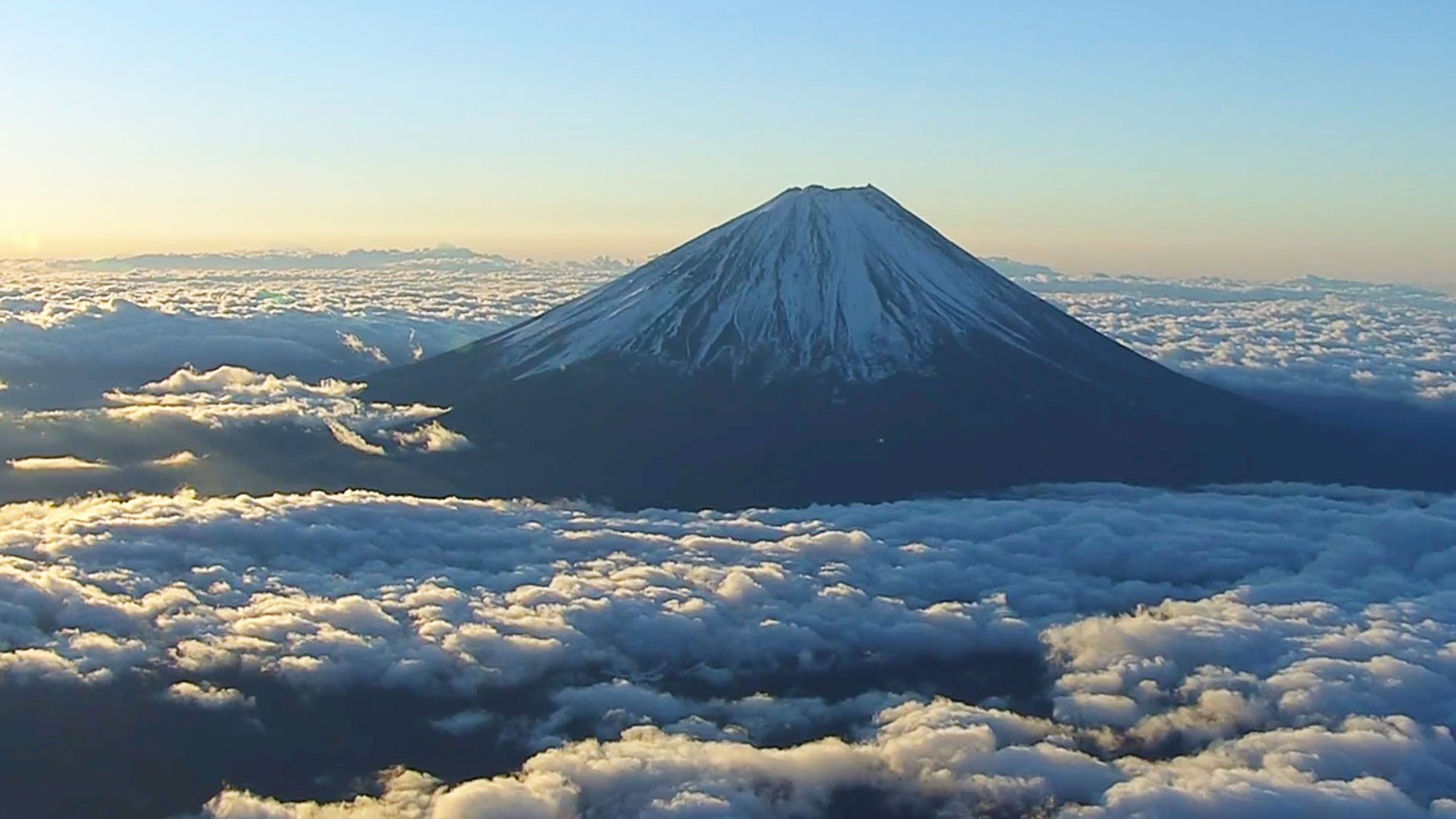When an image of Mount Fuji appearing to sit on top of a convenience store went viral, it triggered a rush of tourists to the town of Fujikawaguchiko where they hoped to recreate the shot.
Anyone heading there now, though, is in for disappointment after officials erected a mesh screen that blocks the view.
Authorities took the decision to conceal the photo op after complaints from locals about visitors leaving trash and ignoring traffic rules.

Officials first tried deploying security guards, but that failed to stop tourists jaywalking on busy roads or trespassing onto private property in the hunt for the best angle to shoot Mt. Fuji.
On May 21, they completed construction of a black mesh screen 20 meters long and 2.5 meters high.
Local reactions to the new screen are divided. One person described it as an eyesore, while another said it may not be ideal but the authorities probably had no other options left.
The manager of a Japanese confectionery store near the screen says she understands the decision but wishes officials could have come up with another idea. She says about 80 percent of the people coming to her shop were foreign tourists and they've made the area lively.
More than a mountain
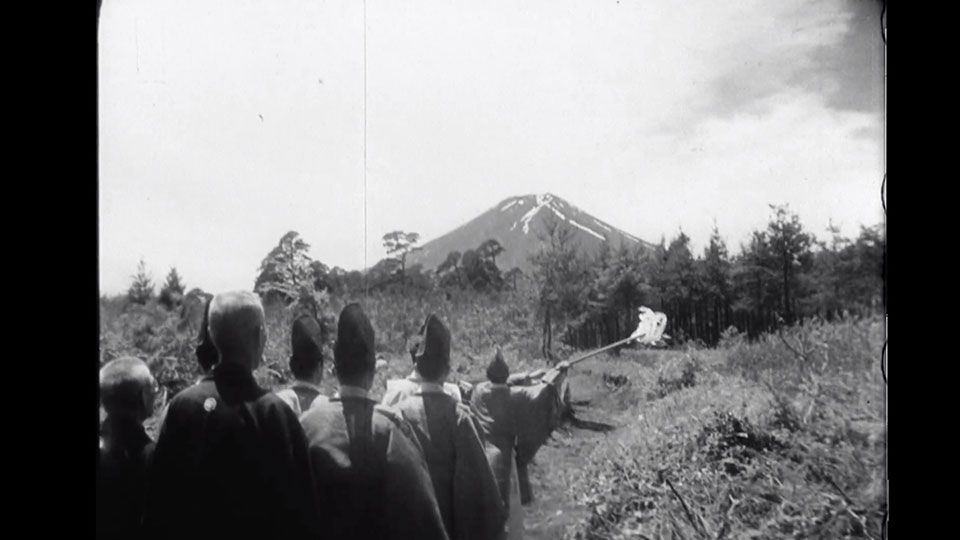
Japan's highest mountain is considered a sacred place in the Shinto religion. An 8th-century collection of poems called Manyoshu describes the mountain as a god. And that's one reason locals are frustrated to see visitors littering it with trash.
Osano Shoichi, the head of a local tourism association, runs a souvenir shop on the Yamanashi side of Mount Fuji.
Though his business benefits from the surge in visitor numbers, he expresses frustration at the way the tourists treat the mountain.
He says his association is telling people to take their garbage home with them but the request is often ignored.
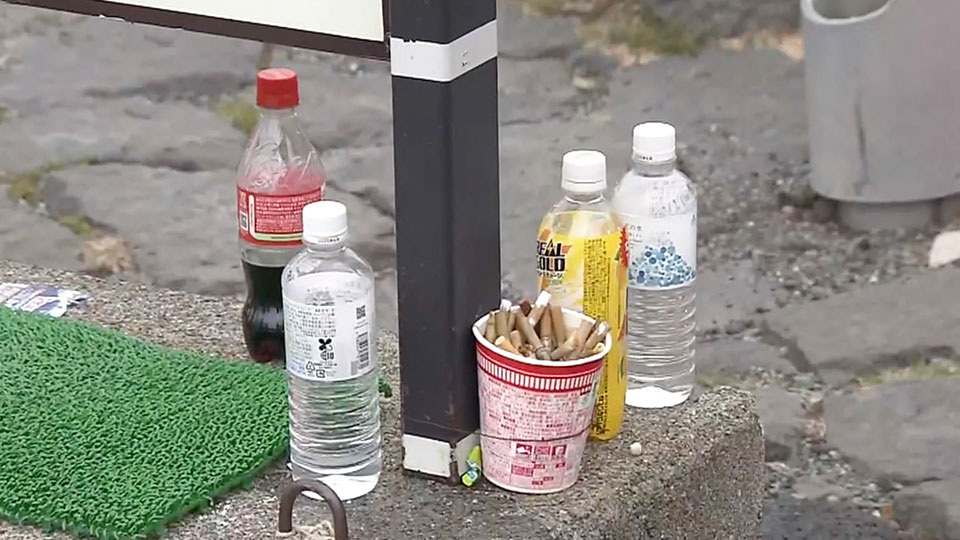
And he says he's heard stories of people falling asleep from exhaustion on the mountain trails, or seeking warmth in the mountain hut toilets and staying there.
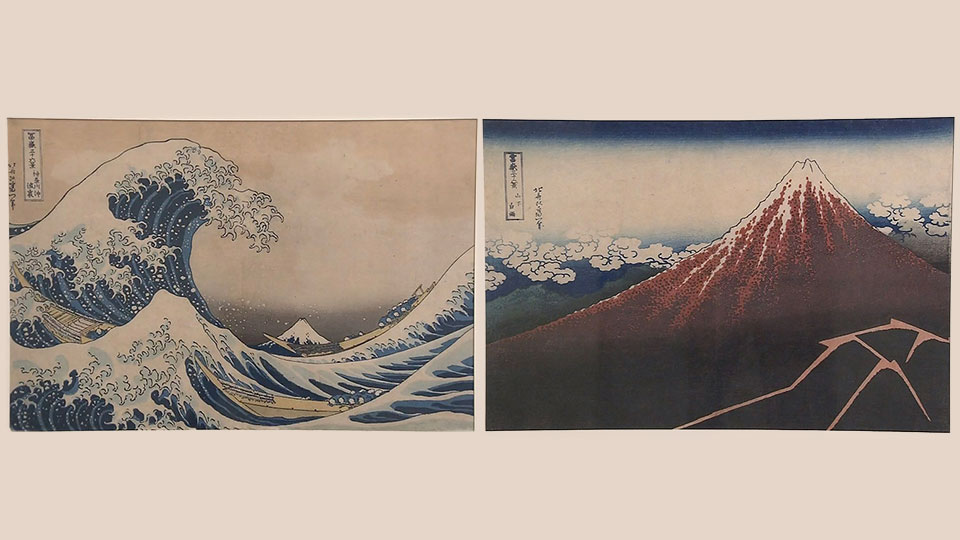
Climbing fee debuts summer 2024
When Mount Fuji's climbing season opens in July, hikers using the most popular trail will encounter a new gate, shorter entry times and a higher fee.
The Yoshida trail, beginning in Yamanashi Prefecture, is considered the most accessible and most suitable for novices. Until now, climbers have been asked to make a donation of 1,000 yen for the upkeep of the mountain. From this year, they will be required to make a reservation and pay a fee of 2,000 yen (about 13 dollars).
A new entrance gate will be closed from 4 p.m. to 3 a.m., and the number of climbers will be capped at 4,000 per day. Anyone with a reservation to rest in a mountain hut will be permitted to enter outside those hours.
The intention is to reduce the number of people trying to do what's called "bullet climbing," which involves heading to the summit for the sunrise without taking a rest. Officials say that leads to congestion, and can make people more susceptible to altitude sickness and hypothermia.
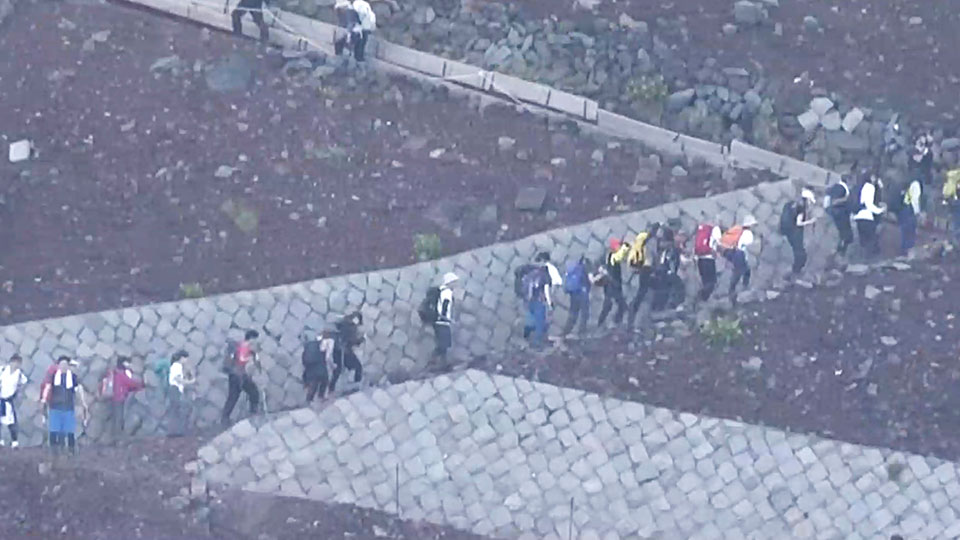
Climbing from Shizuoka
Climbers using the other three trails, all on the Shizuoka Prefecture side, will still be asked only for a donation of 1,000 yen. Shizuoka authorities there say they cannot implement mandatory fees because the trails on that side pass through national land.
